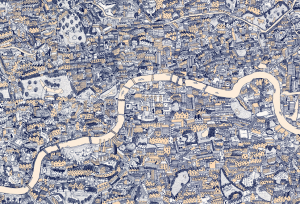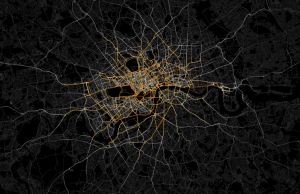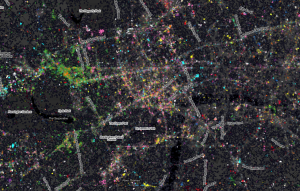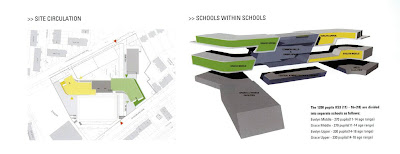
Having a lunch at Duck and Waffle, Heron Tower in London
 |
| Looking at Heron Tower on the street (The image is taken by Networking City) |
Some days ago, I went to Heron Tower near Liverpool Street Station in London.
This 46 floors and 230meter remarkable high rise building,
which is designed by KPF with structure design by Arup, was built in 2011.
Duck & Waffle restaurant is located on the 40th floor of the building.
 |
| Looking down toward Liverpool Street (The image is taken by Networking City) |
 |
| The bar on the 40th floor of Heron tower (The image is taken by Networking City) |
 |
| The interior of Duck & Waffle (The image is taken by Networking City) |
 |
| The ‘Duck & Waffle’ at Duck & Waffle (The image is taken by Networking City) |
My friend recommended this place because I can see an incredible cityscape of London, although the menu is pricey.
Not only the beautiful scenery of London but unusual food, which is crispy fried duck and fried-egg covered a waffle with maple syrup, are there.
The interior design of the restaurant is not looking good as much as some photos on their website.
It feels like rather refined, but some materials such as yellow wave ceiling do not make a nice combination altogether.
However, looking down 30 St Mary Axe (or Gherkin) designed by Foster and 122 Leadenhall Street (or Cheese Grater) by Rogers just beside them was a strange and exciting experience. It gives a reason to go there.
 |
| Looking at 30 St Mary Axe and 122 Leadenhall Street (The image is taken by Networking City) |
I recorded a film image in a high-speed elevator of Heron Tower.
The feeling of coming down from the 40th floor to ground level by the elevator is similar to that of dreaming flying dim London air but immediately returning to desert reality.
Continue reading »
























